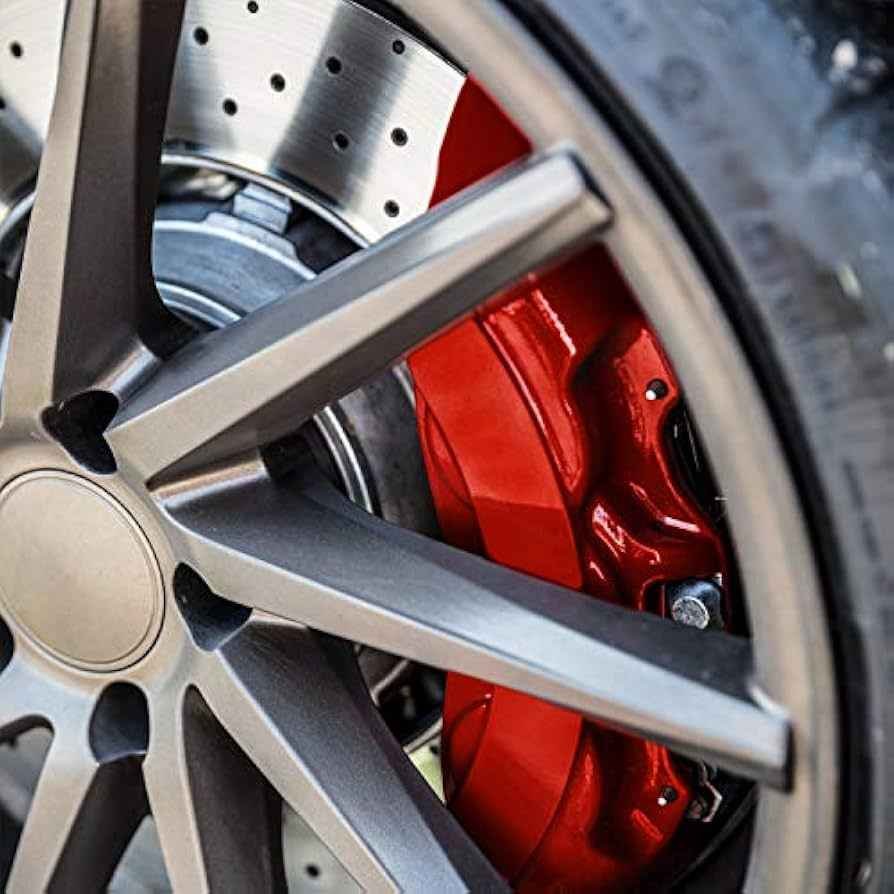Your car’s paint is more than just its color – it represents your vehicle’s style, condition, and value. Whether you’re refreshing an old car, repairing scratches, or customizing your ride, car painting is an essential service that restores and enhances your vehicle’s appearance. This blog will explain everything you need to know about car painting, including its types, benefits, process, and maintenance tips.
Why Car Painting is Important
Protects Your Vehicle
Car paint is your vehicle’s first line of defense against rust, corrosion, and weather damage. A high-quality paint job protects the metal body from moisture, road salt, UV rays, and pollutants that can lead to rust and structural damage.
Restores Appearance
Over time, your car’s paint can fade, chip, or get scratched. Car painting restores its original shine, covers imperfections, and makes your car look brand new again.
Enhances Resale Value
A well-maintained exterior increases your vehicle’s resale value. Buyers are more attracted to cars with fresh, flawless paint as it indicates the vehicle has been cared for properly.
Customizes Your Vehicle
Car painting allows you to express your style with custom colors, designs, or finishes like matte, metallic, or pearlescent, making your vehicle stand out on the road.
Types of Car Paint
Solid Paint
Solid paint is the most common and affordable type, usually with a glossy finish. It is easy to repair and touch up when scratched.
Metallic Paint
Metallic paint has tiny metal flakes mixed in, creating a shiny, reflective effect that enhances the car’s contours. It is durable and hides minor scratches well.
Pearlescent Paint
Pearlescent paint includes ceramic crystals instead of metal flakes, giving it a deeper, multi-tone shine. It changes color slightly under different lighting conditions, offering a luxurious look.
Matte Paint
Matte finishes are flat and non-reflective, giving cars a unique and modern appearance. However, they require specialized maintenance and are more expensive to repair.
The Car Painting Process
1. Preparation and Assessment
Before painting, professionals assess the car’s condition. They clean the surface thoroughly and remove any rust or dents to ensure a smooth paint application.
2. Sanding and Priming
The old paint is sanded down to create an even surface. After sanding, a primer is applied to help the paint adhere properly and to protect the car’s metal body from rust.
3. Base Coat Application
The base coat is the colored paint layer. It is applied evenly in multiple coats, allowing each layer to dry before applying the next for a uniform finish.
4. Clear Coat Application
A clear coat is sprayed over the base coat to protect the paint from UV rays, scratches, and environmental damage while adding shine and depth.
5. Polishing and Curing
Once the paint has dried, the surface is polished to remove any imperfections and enhance its gloss. The paint then cures completely, bonding with the surface for long-lasting durability.
How Long Does Car Painting Take?
The duration of car painting depends on the extent of work required. A full car repaint can take 3-7 days, including preparation, painting, and curing time. Minor touch-ups or panel repaints may take just a few hours to a day.
How Much Does Car Painting Cost?
Car painting costs vary based on:
-
Type of paint (solid, metallic, pearlescent, or matte)
-
Size of the vehicle
-
Extent of surface preparation needed
-
Quality of products and workmanship
On average, a basic full car paint job may cost between $500 to $1,500, while high-quality professional paint jobs with premium finishes can range from $3,000 to $10,000.
Tips to Maintain Your Car Paint
Wash Regularly
Clean your car every 1-2 weeks to remove dirt, dust, and pollutants that can damage the paint over time. Use pH-balanced car shampoo and a microfiber wash mitt.
Wax or Seal
Apply wax or paint sealants every 2-3 months to add a protective layer against UV rays, rain, and road debris while maintaining shine.
Park Smart
Whenever possible, park in shaded areas or under cover to protect your car from harsh sunlight and bird droppings, which can damage the paint’s finish.
Avoid Harsh Chemicals
Do not use household cleaning products on your car, as they can strip away wax and damage the paint. Always use products formulated for automotive finishes.
Promptly Fix Chips and Scratches
Address any paint chips or scratches quickly to prevent rust from forming and spreading on exposed metal areas.
Choosing the Right Car Painting Professional
Experience and Reputation
Select a workshop or auto body shop with experienced painters and positive customer reviews to ensure high-quality results.
Quality Products
Ensure they use premium paints, primers, and clear coats from reputable brands for long-lasting protection and finish.
Warranty
Professional painters offer warranties on their work, giving you peace of mind that any defects or issues will be addressed.
Final Thoughts
Car painting is more than just aesthetics; it is about protecting your vehicle, maintaining its value, and giving it a refreshed or customized look. Whether you want to restore your car’s original shine, fix scratches and chips, or try a completely new color, professional car painting services ensure the job is done right, leaving your car looking as good as new.
Invest in high-quality car painting to enjoy a beautiful, durable finish that turns heads on the road and keeps your vehicle in top condition for years to come with Adams Detailing and Coatings.






